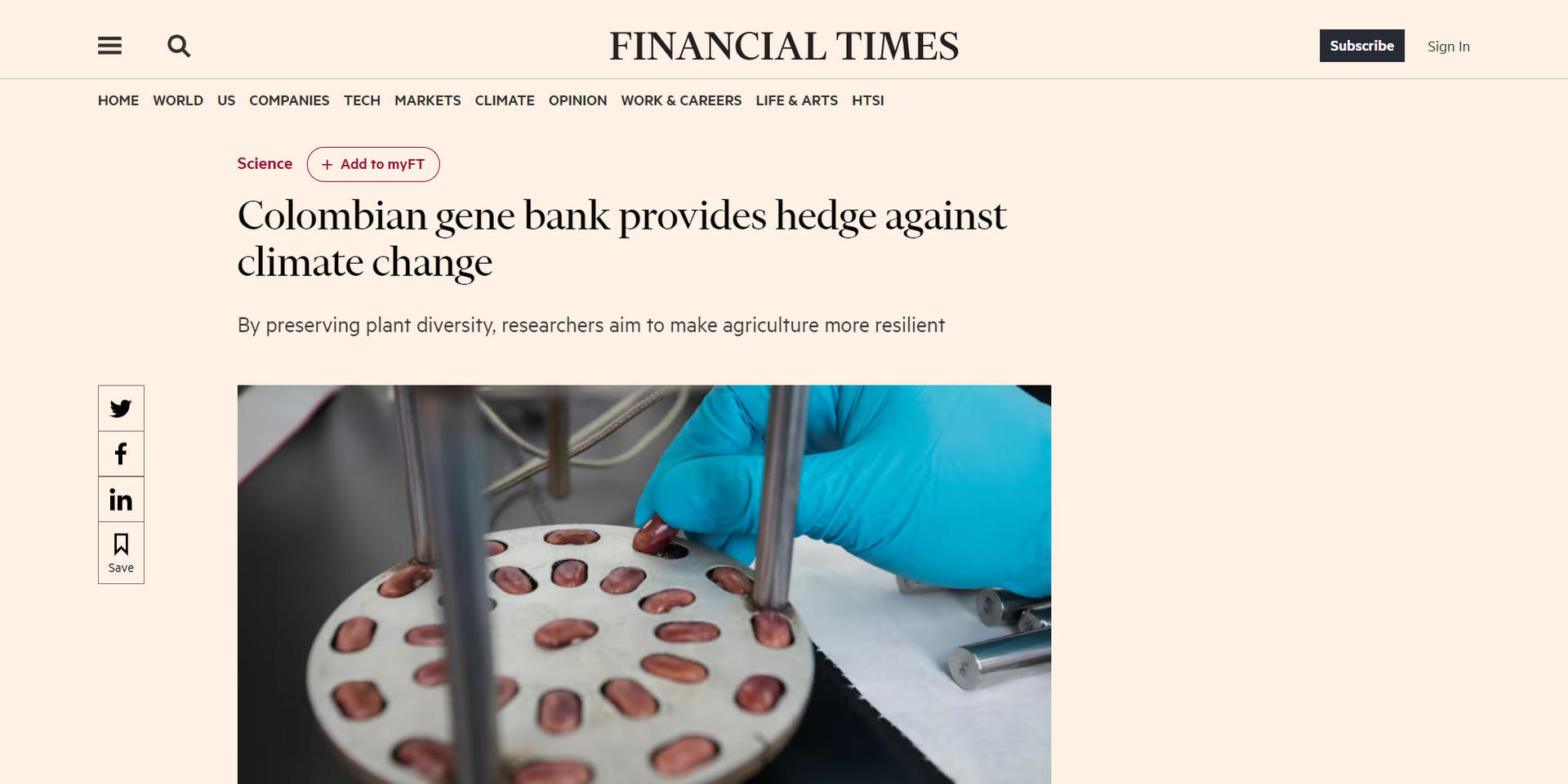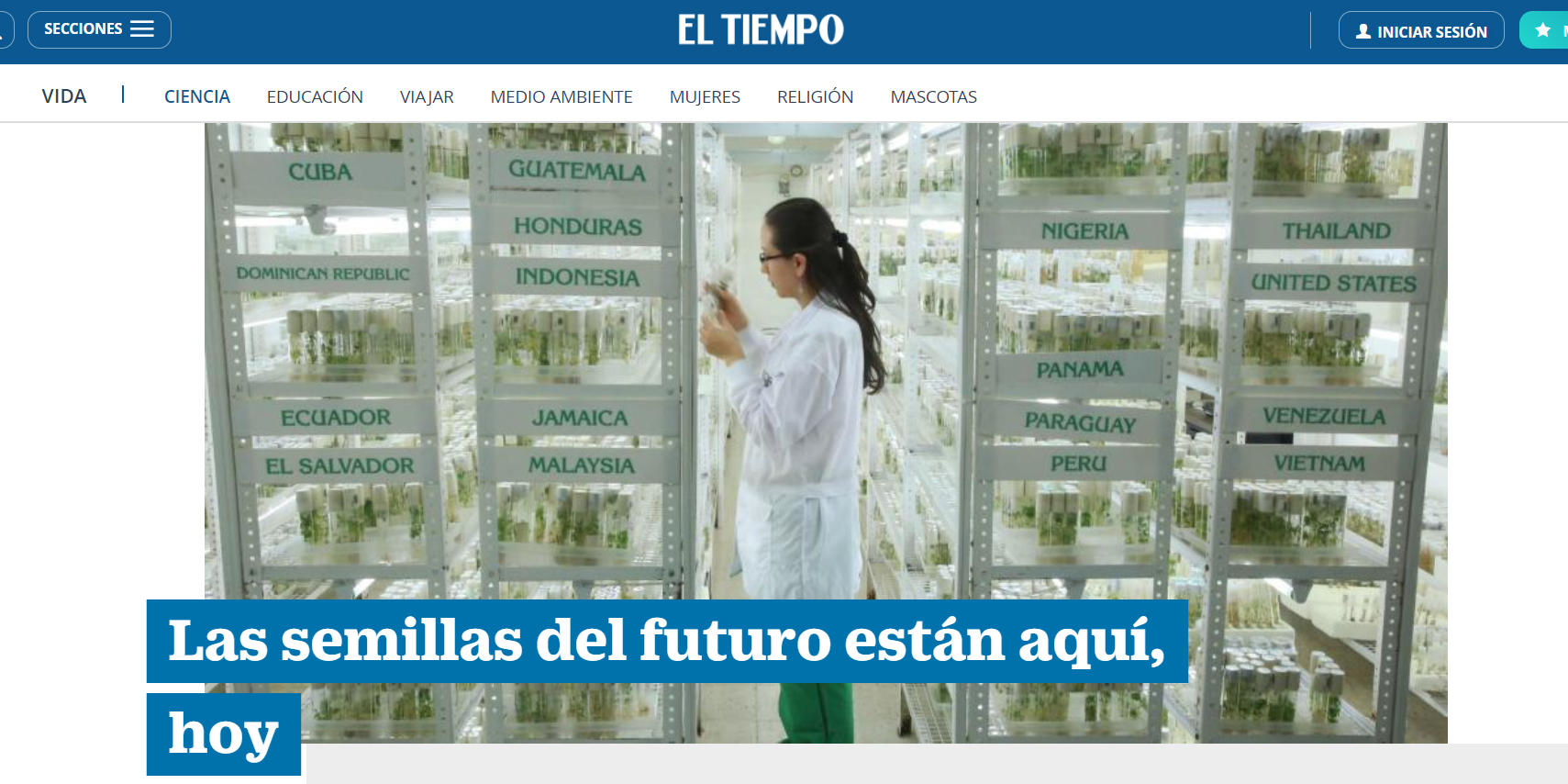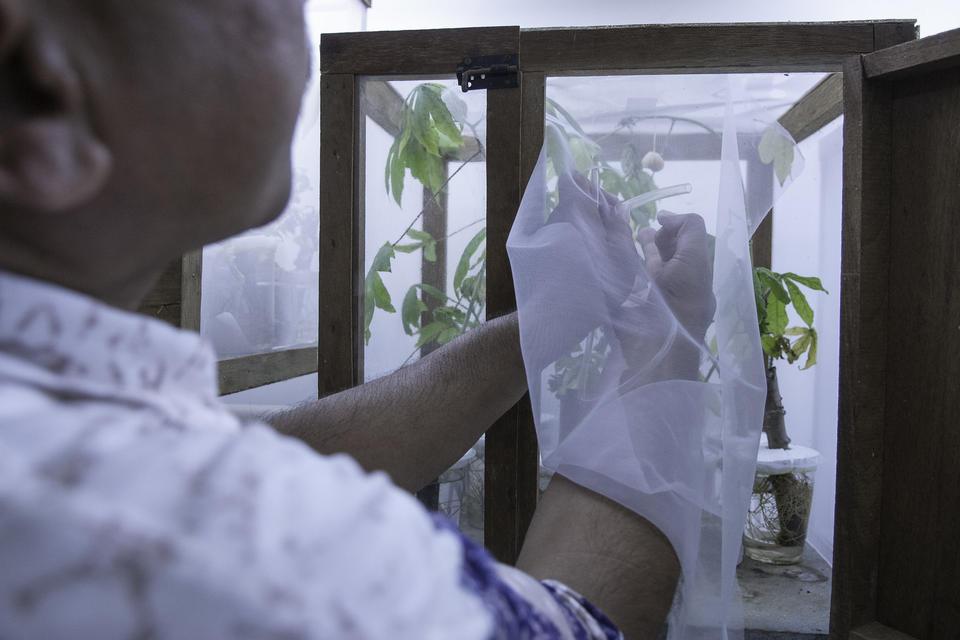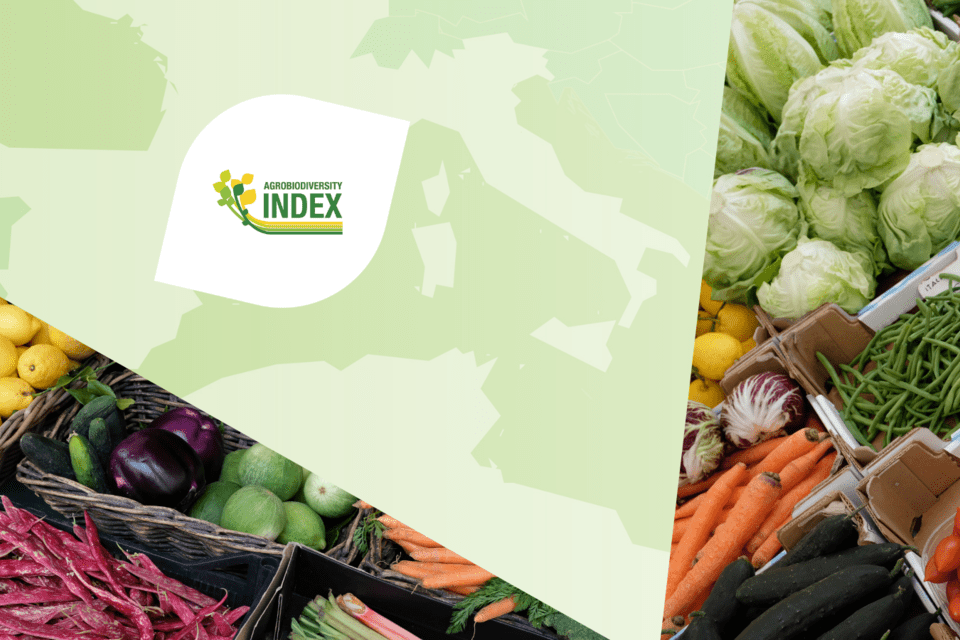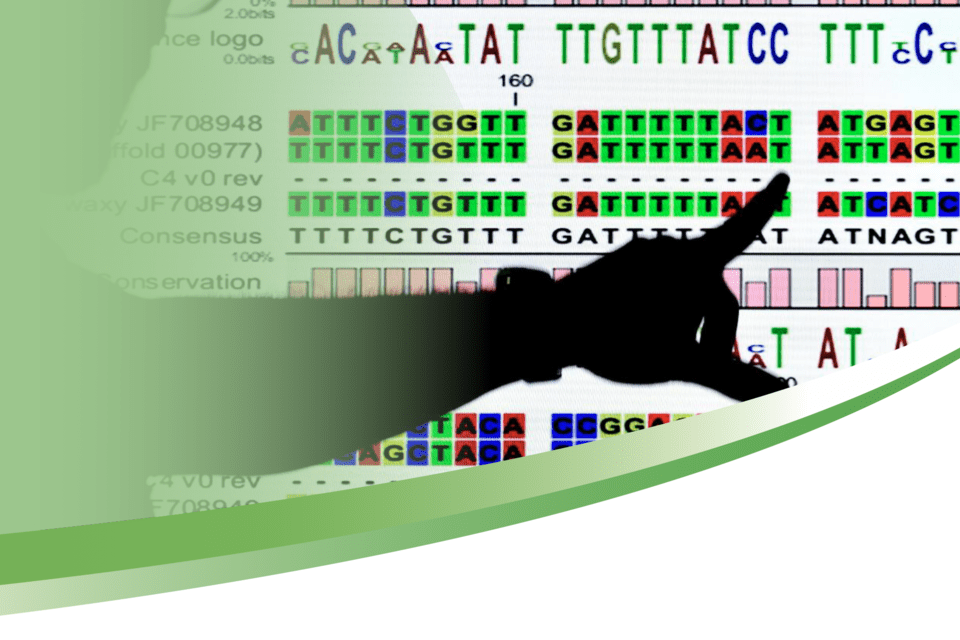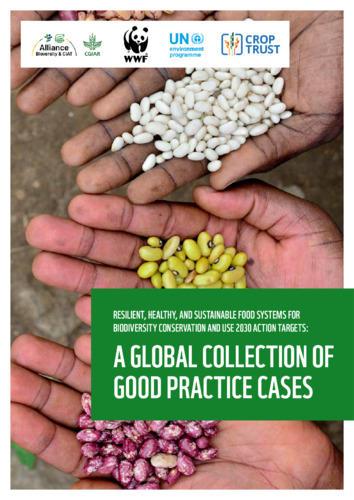2022 Annual Report Crops: Ensuring a future for agrobiodiversity

Our work on crops and agrobiodiversity reached new heights with Future Seeds, our genebank that aims to make crop diversity accessible to farmers around the world. We also emphasized the importance of diversifying agricultural production in our food systems, most notably at the UN Convention on Biological Diversity (COP15).
Next generation genebanking
In March 2022, we opened the doors of our conservation hub for beans, forages, and cassava. With a mandate “from Colombia to the world”, Future Seeds has raised our profile globally, and invited new international collaboration, including a $17M grant from the Bezos Earth Fund to further our research on carbon sequestration. In line with the International Treaty on Plant Genetic Resources for Food and Agricolture, the crop varieties that we are safeguarding will be freely available for distribution to plant breeders and researchers.
Across the Atlantic, conservation and research efforts were complemented by our genebank in Leuven, Belgium. At the Musa International Transit Center, we cryopreserve the world’s largest collection of bananas - a task made extra challenging because conventional bananas have no seeds. But wild varieties do! Further research on the traits of crop wild relatives made a splash in the New York Times and Science.

A feature on our research on bananas in the New York Times.
Artificial Intelligence for Climate-Smart Crops
How do we put these crop varieties to good use? Many hold traits such as disease and pest resistance or drought-tolerance that, when carefully bred and adapted to the local context, can offer farmers better productivity and resilience. But identifying these traits is a time-consuming challenge. In collaboration with Mineral, a Google-initiated research and development organization, we have been applying artificial intelligence to accelerate crop phenotyping. This work has built on satellite and drone data, plus images collected by robotic rovers in Colombia, and most recently, farmers’ phones in Tanzania. It is also complemented by our new 1000 Farms Project, in which farmers are trialing crop varieties in the field (explained here).
Watch the videos below to learn more.
Crop improvement around the world
We continued to release improved bean, rice, forage, and cassava varieties that can withstand climate change, pests, and diseases.
Cassava researchers traveled from Asia to our Americas Hub to exchange knowledge on the latest techniques to propagate disease-free planting material, exemplifying how our crop work spans the globe.
A USD 2.1 million grant from the Bill & Melinda Gates Foundation will further our breeding of cassava, supporting digital analysis of the genetic variation within the 5,959 samples in our collection.
Forages make big news
A groundbreaking study found that the introduction of deep-rooted Koronivia grasses (sourced from Future Seeds) in grazing pastures can increase soil carbon storage by 15%, offsetting the emissions of livestock. This has major ramifications for cattle farmers trying to balance continued demand with sustainability, explains scientist Jacobo Arango:
“This study shows, for the first time, the extent to which improved forages can help achieve a negative carbon footprint for livestock production.”
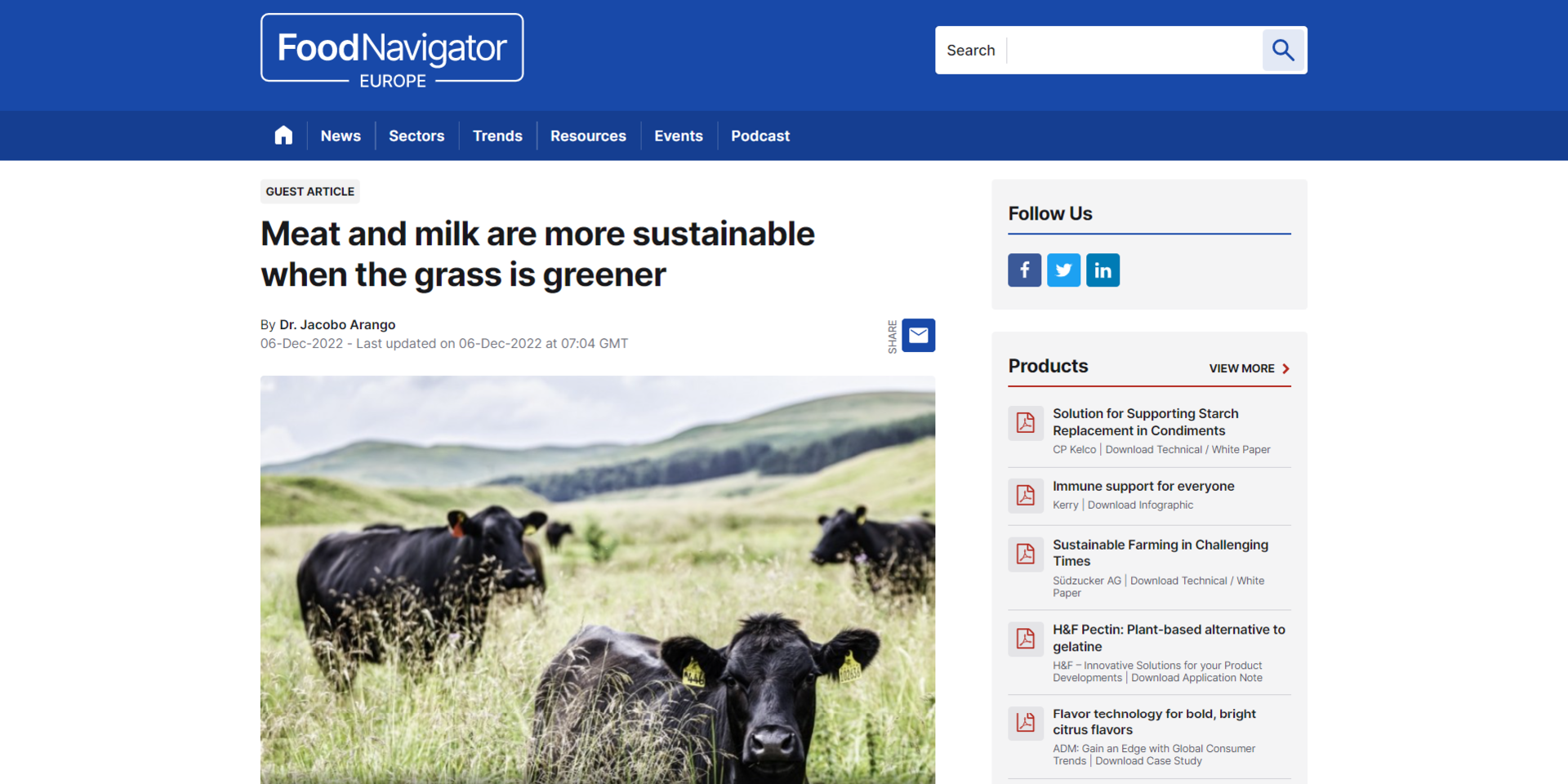
A feature on the Food Navigator website. Forages were also covered in Spanish on Semana.
Measuring Agrobiodiversity and the Global Biodiversity Framework
Our years of work on the Agrobiodiversity Index yielded new results in 2022. In April, we finalized a report measuring the status of agrobiodiversity across 10 Mediterranean countries. The findings suggest that we need to look beyond the consumer perspective of the “Mediterranean Diet” to overcome gaps in agricultural production. An additional Alliance study demonstrated that agrobiodiversity helps food security, cementing the link between diverse farms and improved wellbeing.
In December, we joined the UN Convention on Biological Diversity’s meeting in Montreal (COP15). The Agrobiodiversity Index was selected to be one of two indicators used by countries to track progress towards sustainable agriculture in the Post-2020 Framework for Biodiversity, itself part of a larger “deal for nature” that aims to protect and restore ecosystems. As with climate at COP27, we advocated for sustainable production of food to be at the heart of policy commitments to curb biodiversity loss.
We also highlighted issues around access to digital information, an important aspect of benefit sharing around plant genetic resources.
What does this look like on the ground? We compiled best practices In a publication with WWF, UNEP, and the Crop Trust: Inclusive development with rural and indigenous communities, crop wild relative conservation, Seeds for Needs, and many other examples demonstrate how conservation and use of biodiversity in food systems can fulfill multiple Convention on Biological Diversity targets.

